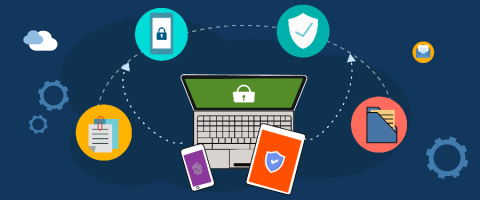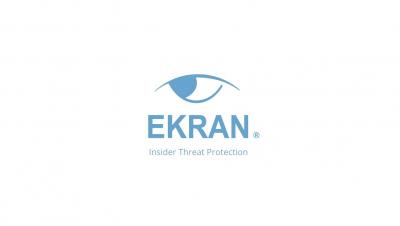How guardrails secure and accelerate K8s deployments
It’s clear from the latest Cloud Native Computing Foundation survey that containerized environments have become mainstream, increasing automation at scale for companies. But, in the cloud-native environment, changes are constant and runtime is extremely dynamic. And while automation can help eliminate manual work, it can also replicate mistakes and risk at cloud scale.











